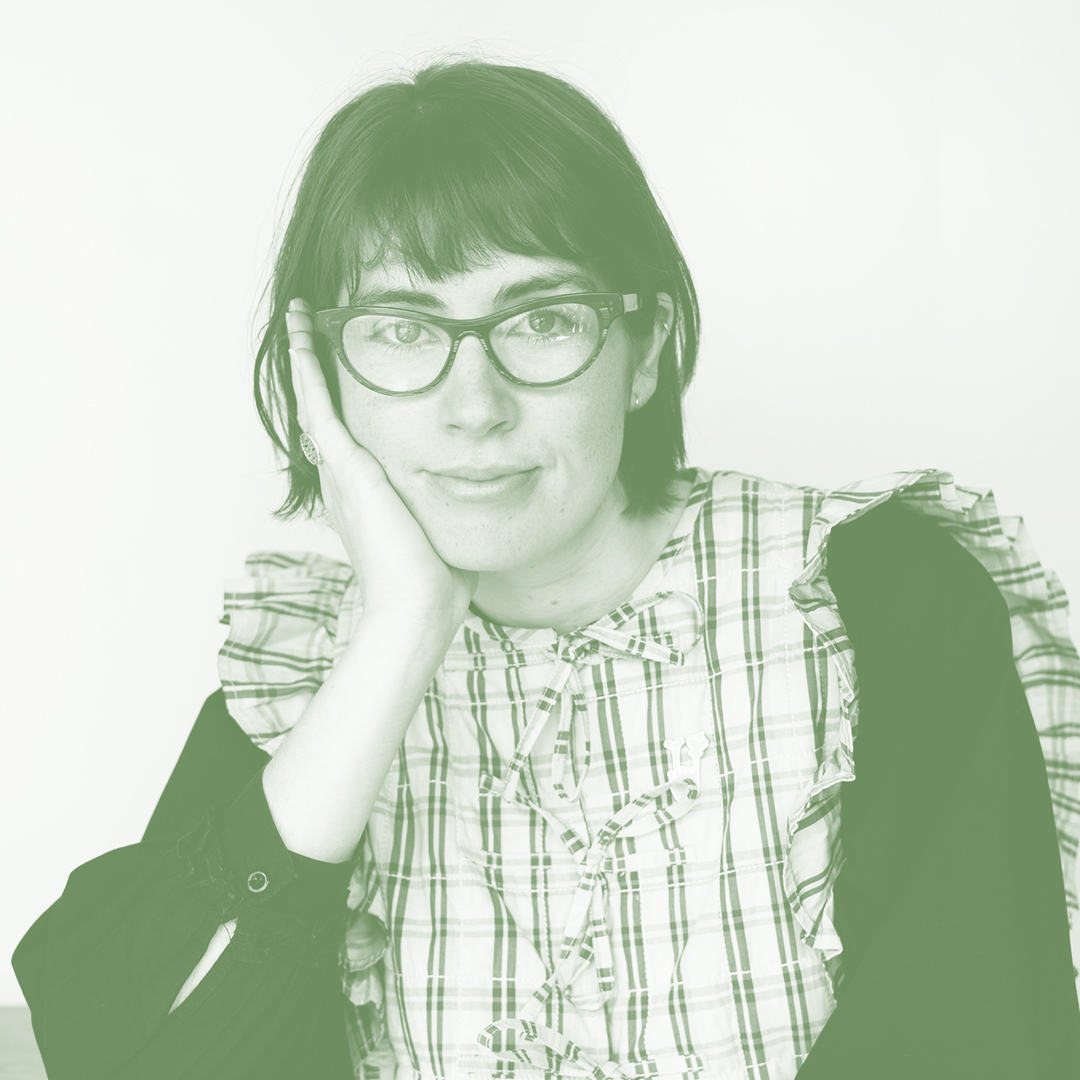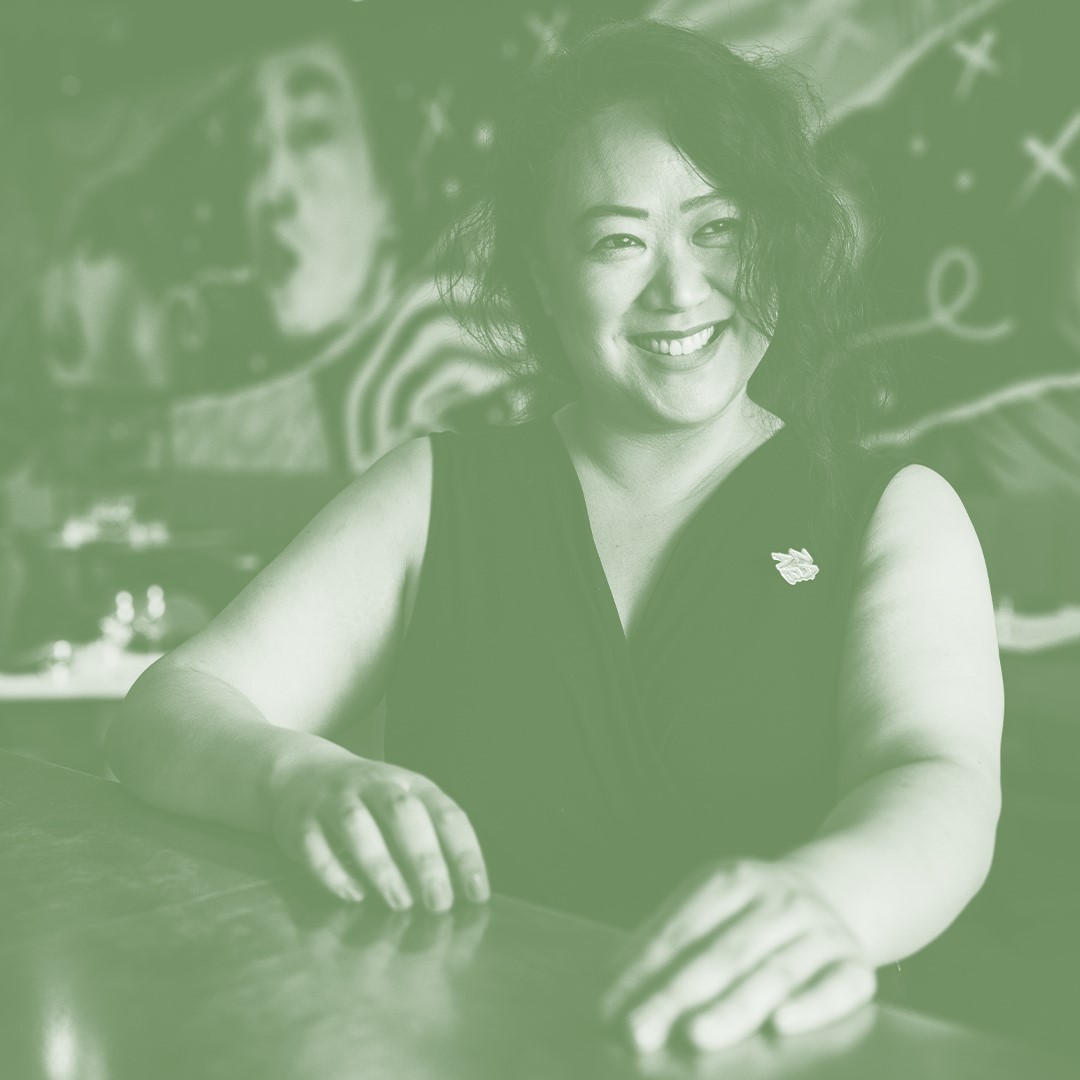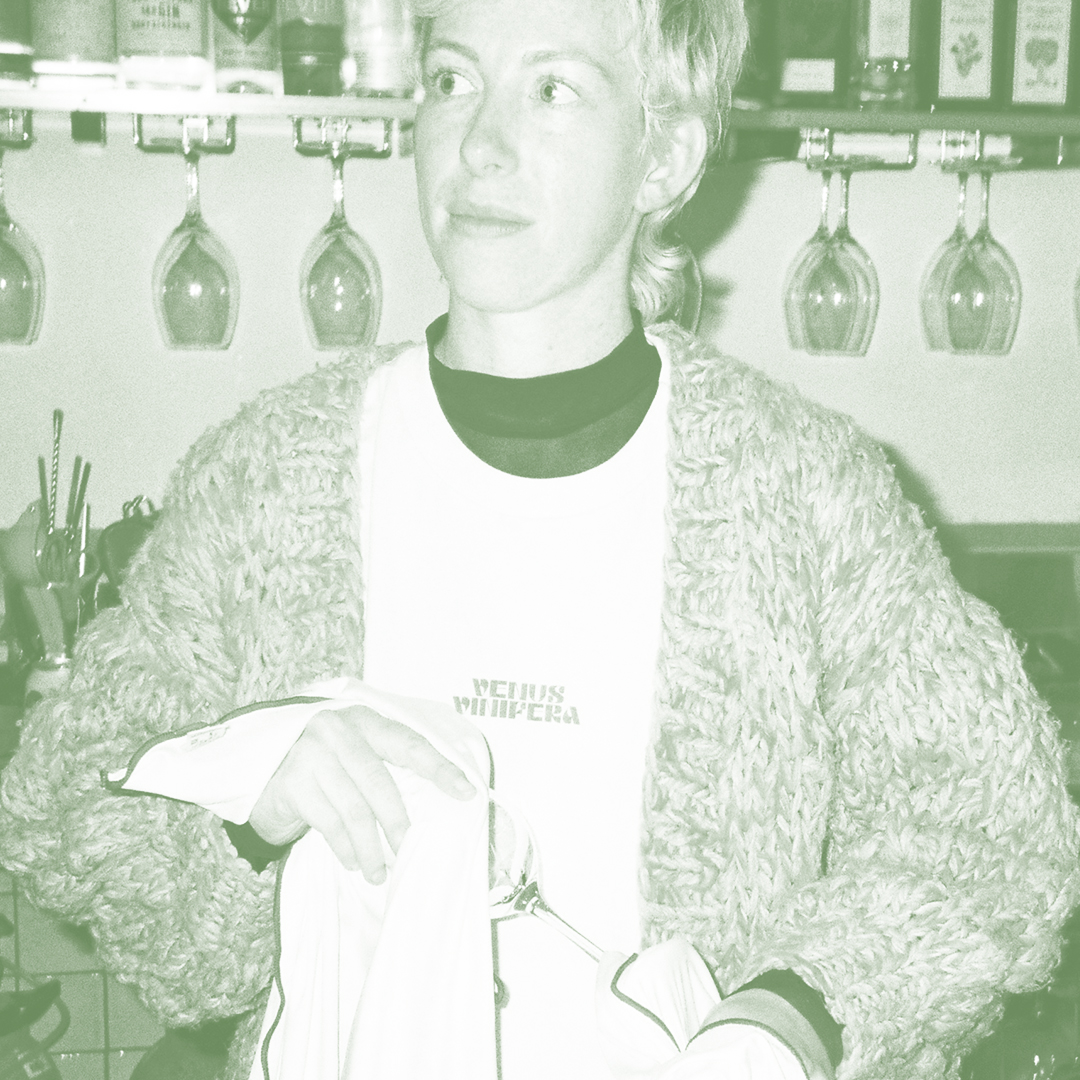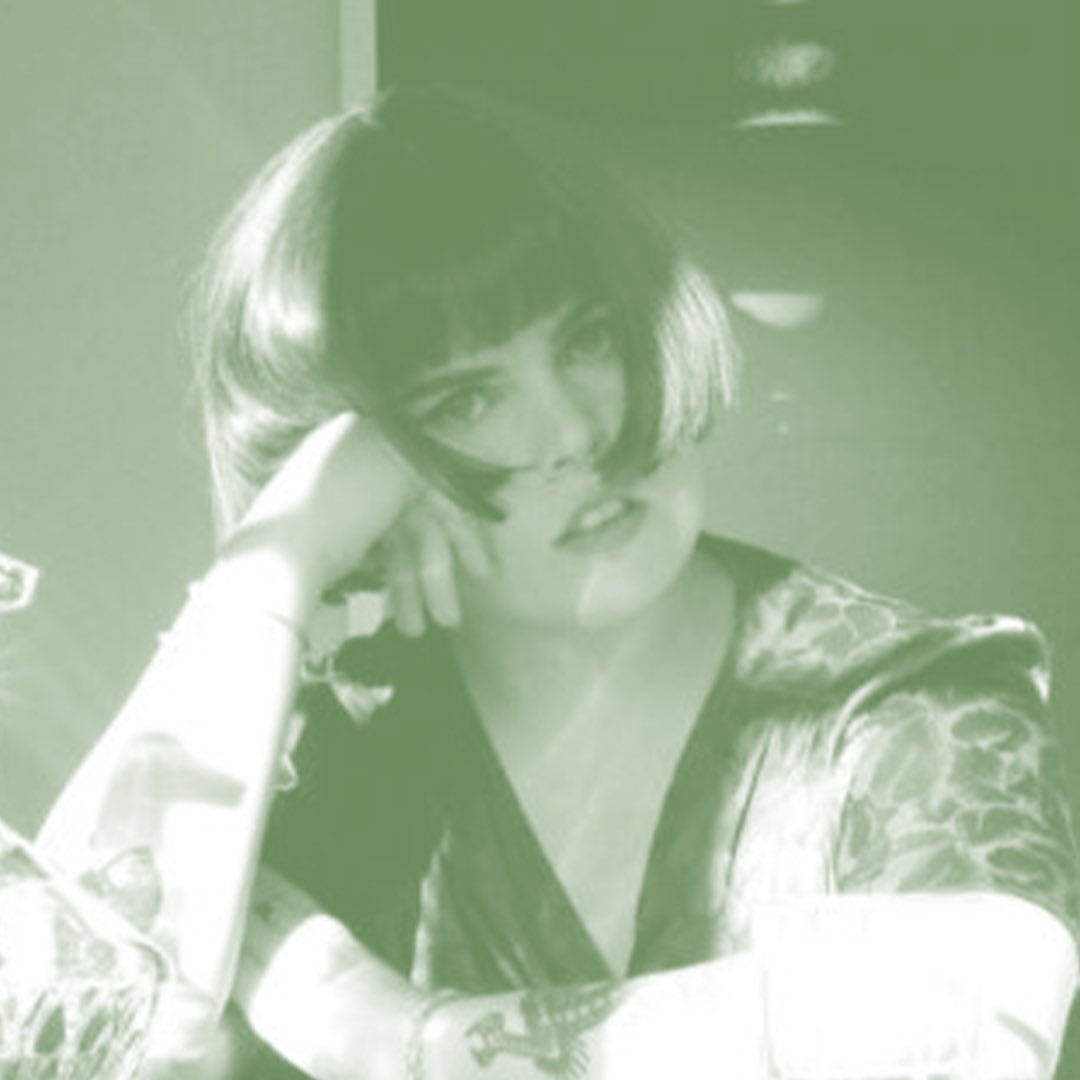Pfalz lies between the Haardt Mountains and the Rhine, directly North of Alsace. It is Germanys largest wine producing region by volume. Pfalz has long been known for producing simple, inexpensive wines produced in large quantities, but has recently begun a trend back towards low yielding. Lots of high quality vines are around, thanks to a new generation of young, highly educated winegrowers who took note of the worlds thirst for intensely flavoured, robust wines. JL Wolf, Koehler-Ruprecht and A.Christmann are among the producers reshaping the reputation of the Pfalz.
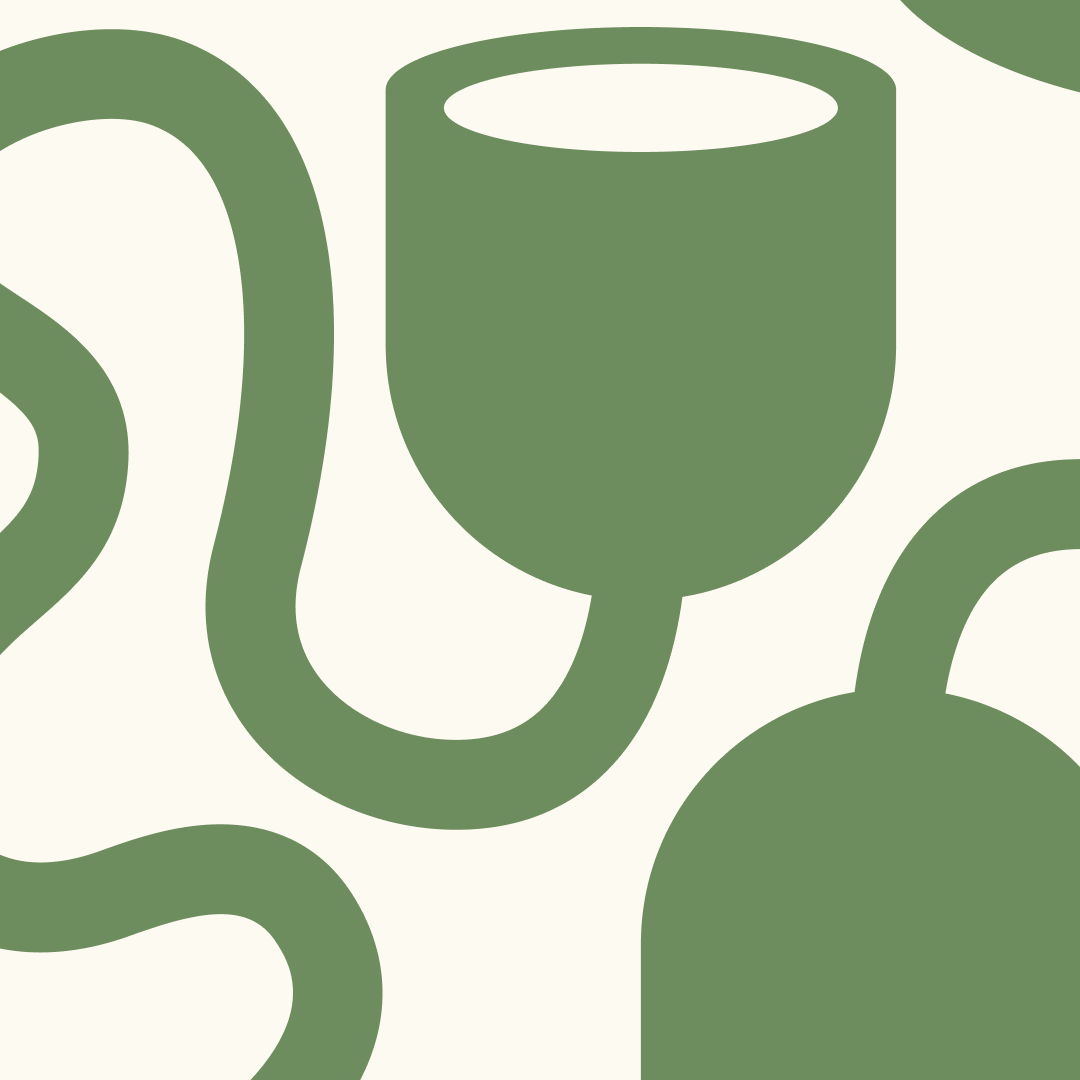
Riesling: European Benchmarks
Author: Jacq Turner
Jacq’s joined us in Canberra at Bar Rochford, to talk about one of her biggest passions ‘Riesling’. We have complied Jacq’s notes and will be releasing them region by region, starting off with the wines from Pfalz. Please read on and let us know if you want to talk more!
Pfalz
Wine 1: Müller-Catoir Gutswein NV.
There are several reasons this producer remains under the radar for many Riesling lovers. Firstly, at 20 hectares, this is a small estate by regional standards and one whose discreet owners have been happy to keep out of the limelight. Theres never been a strong emphasis on export, and its star vigneron, Martin Franzen, is never more comfortable than when cloistered within his vineyards. Franzen may be one of Germanys more progressive winegrowers, thought one could imagine him thinking that ‘marketing’ is a small town in rural Austria.
With organic and biodynamic work in the vines, new pruning techniques and more and more traditional practice in the cellar. ‘I am now making wine like my father used to’. In the cellar, he’s introduced warmer ferments (never inoculated) and for the single-site Rieslings, five year old 600 litre Halbstück ovals.
For those new to this Domaine, Müller-Catoir became legendary during the ’70’s and ’80’s under former manager Hans-Günther Schwarz, who, supported by the Catoir family, refused to industrialise the Estate, despite the strong trend in that direction in Germany at that time. Müller-Catoir owns roughly 20 hectares of vines in and around the village of Haardt, in the hills outside Neustadt. The yellow sandstone that dominates here (differing significantly from the red sandstone typically found in Pfalz) delivers a distinctive, smoky kind of minerality. The wines are more yellow fruited and more smoky/mineral. The Estate has long been managed organically (and has been certified since ’15) and retains its pioneering legacy of low yields and minimal intervention, no inoculation etc.
The outstanding vineyard practices, low yields and hand harvesting of only perfectly ripe fruit is the starting point. After that, you have natural ferments, without any yeast addition and no SO2 until racking/bottling and long slow aging. This all results in wines of deep fruit, high extract, ripe acidity and powerful vineyard expression. We believe that they are amongst the very finest Rieslings coming out of Germany. They are a bundle of energy and detail; dense, sculpted and crystalline fruits vibrate atop exuberant acidity and Haardts distinctive, intense core of smoky minerality.
The wine: Gutswein is the base classification in the VDP for house wines that are blended from a variety of estate fruit. It is a blend of Riesling (at least 85% and then some Rieslaner, Scheurebe and Weissburgunder).
Wine 2: Von Buhl Riesling Trocken 2020
Talk about an embarrassment of riches. To give you an idea of how blessed this Estate with its terroir, under the VDP’s Grosses Gewächs classification, Von Buhl ended up with sevens Grosses Lage vineyards whereas as many other great Estates ended up with one or two.
At the heart of the Estate lies Von Buhl’s mighty quartet of basaltic vineyards, based around the tiny wine village of Forst; Kirchenstück (the most revered vineyard in Pfalz), the Jesuitengarten (Garden of Jesuits), Ungeheuer (The monster) and Pechstein (pitchstone). There, theres the beautiful ensemble of Erste Lage vineyards surrounding the village of Deidesheim and a series of fine, unclassified sites spread across the hillside of the Mittelhaardt.
Weingut Reichsrat von Buhl has been regarded as one of Germanys most renowned wineries since its founding in 1849 by Franz Peter Buhl. After a period of instability, under a series of absentee landlords and overseas investors, this iconic Pfalz estate is now under the stable ownership of the forward-thinking Niederberger-Seeger family. And, thanks to a series of talented winemakers at the helm, the quality at this estate has roared back to life. At the turn of the 20th century this estates wines fetched higher prices than top Bordeaux and Burgundy bottlings.
The arrival of the high-profile, ex-Bollinger winemaker Matthiew Kauffmann, in 2012, alongside managing director Richard Groche, took things to an explosive new level, he immediately set new parameters with a bone-dry, less ‘exotic’ style of Riesling.
Some of the keys to the estates Kauffmanns era were a preference to ferment in large, 2400-litre dopplestück ovals, the practice of natural yeast fermentations, and his wines long, texture enriching élevage on full lees. Kauffmann would also reduce the use of sulphur dioxide during vinification to the bare minimum, throw out the pumps (the wines are now moved via gravity alone) and the wines are no longer fined. All these factors, and more, would add up to a stunning rebirth for this storied Estate.
Following seven years of Kauffman-fuelled progress, Simone Frigerio took over as winemaker in 2019.
The wine: Even at this entry level, the wines upbringing includes extended lees ageing (6 months on gross lees). There was no pumping, and very low sulphur additions. This is a juicy, mineral rich riesling, with the extra palate-weight of the vintage providing a perfect foil for the rocky texture, mouth-watering, citrus edged acidity and near-absolute-dry-finish.
Wine 3: Okonomierat Rebholz Kastanienbusch Riesling GG 2018
Hansjörg and Birgit Rebholz are now the custodians of this 3rd generation winery in southern Pfalz. They now have a cult following worldwide.
Hansjörg Rebholz: For more than 50 years, we’ve been making wines containing only what nature intended for them. We do not chaptalize our wines (the addition of sugar prior to fermentation in order to increase the alcohol content), nor do we use ‘SüBreserve’ (unfermented grape must added to the finished wine prior to bottling).
Part of the VDP, Rebholz was winemaker of the year 2013 (Falstaff) and winemaker of the year 2002 (Gault Milau). Weingut Ökonomierat Rebholz has the top 5 out of 5 grapes rating in the Gault Milau (with 10 other winemakers). Also, Hansjörg Rebholz is one of the movers and shakers in the GG movement in Germany.
While Riesling dominated production, its the Weissburgunder (Pinot Blanc) thats a revelation and perhaps the best examples anywhere.
There are three distinct terroirs in the estates vineyards. In the Süd-Pfalz, where the estate is located, limestone terroir rules and it is ubiquitously present in one part of the Im Sonnenschein (or in the sunshine) vineyard where Riesling, Pinot Noir, Pinot Blanc and to lesser amounts Pinot Gris and estate specialities Gewürztraminer and Muskateller are planted.
In the Ganzhorn, a small sub parcel of coloured sandstone in the Im Sonnenschein vineyard, Riesling turns salty, savoury and fantastically mineral driven.
Last but not least, there is Kastanienbusch or (chestnut bush), one of the steepest and richest slopes in the Pfalz at 300 metres on red slate soil that is unusual of the region. This iron rich, well draining soil produces wines of great concentration. It simply produces some of the greatest Dry Rieslings not only in Germany – but anywhere.
Rebholz’ oldest vineyeard, the Albertsweiler Latt, in Albersweil was planted with Gewürztraminer in 1947. The vines are trelised on pergolas because at the time, Hansjorgs grandfather believed the region had a similar climate to Tuscany. The estates 22 ha are farmed bio-dynamically with a production of about 10,000 cases.
